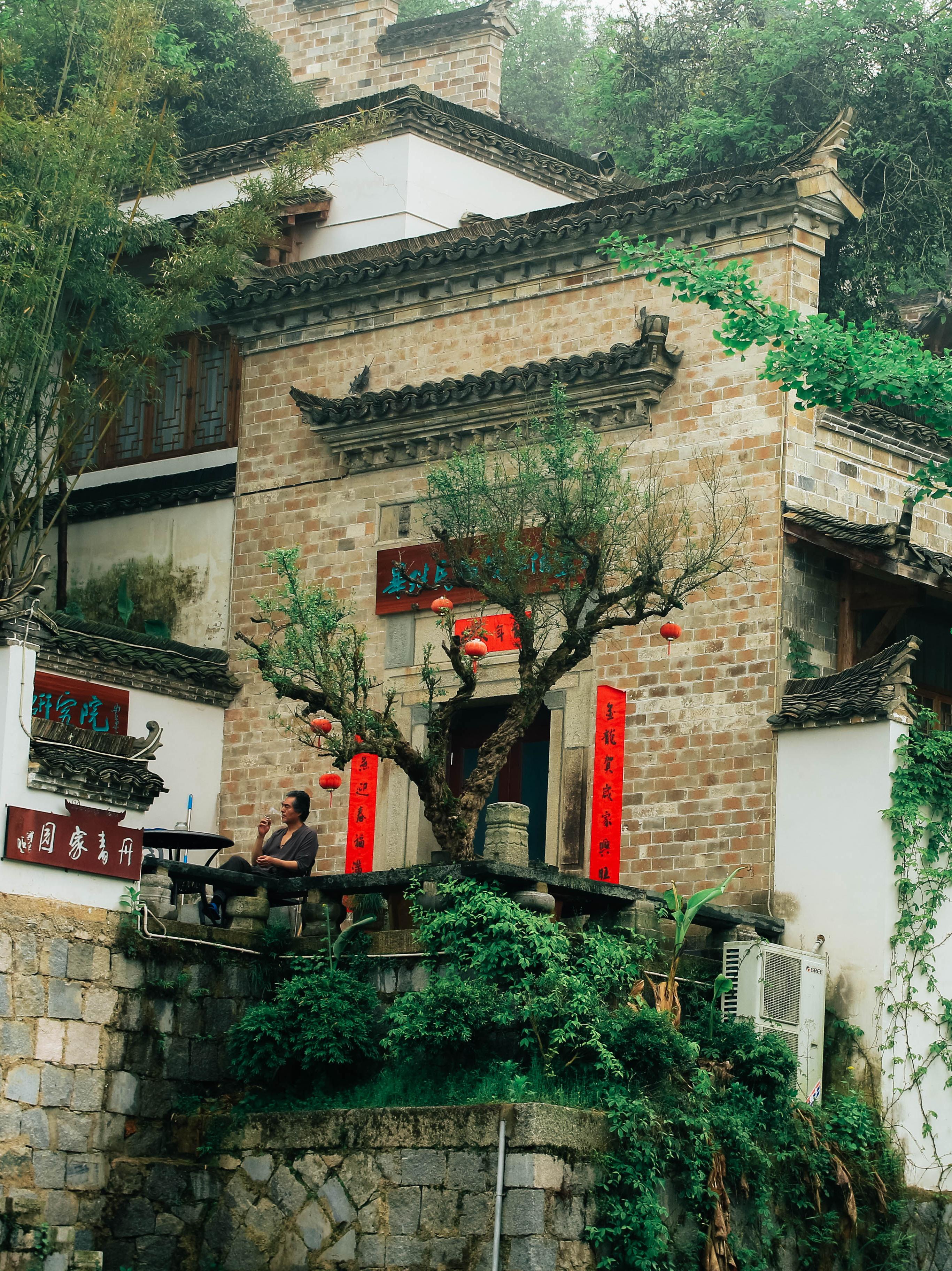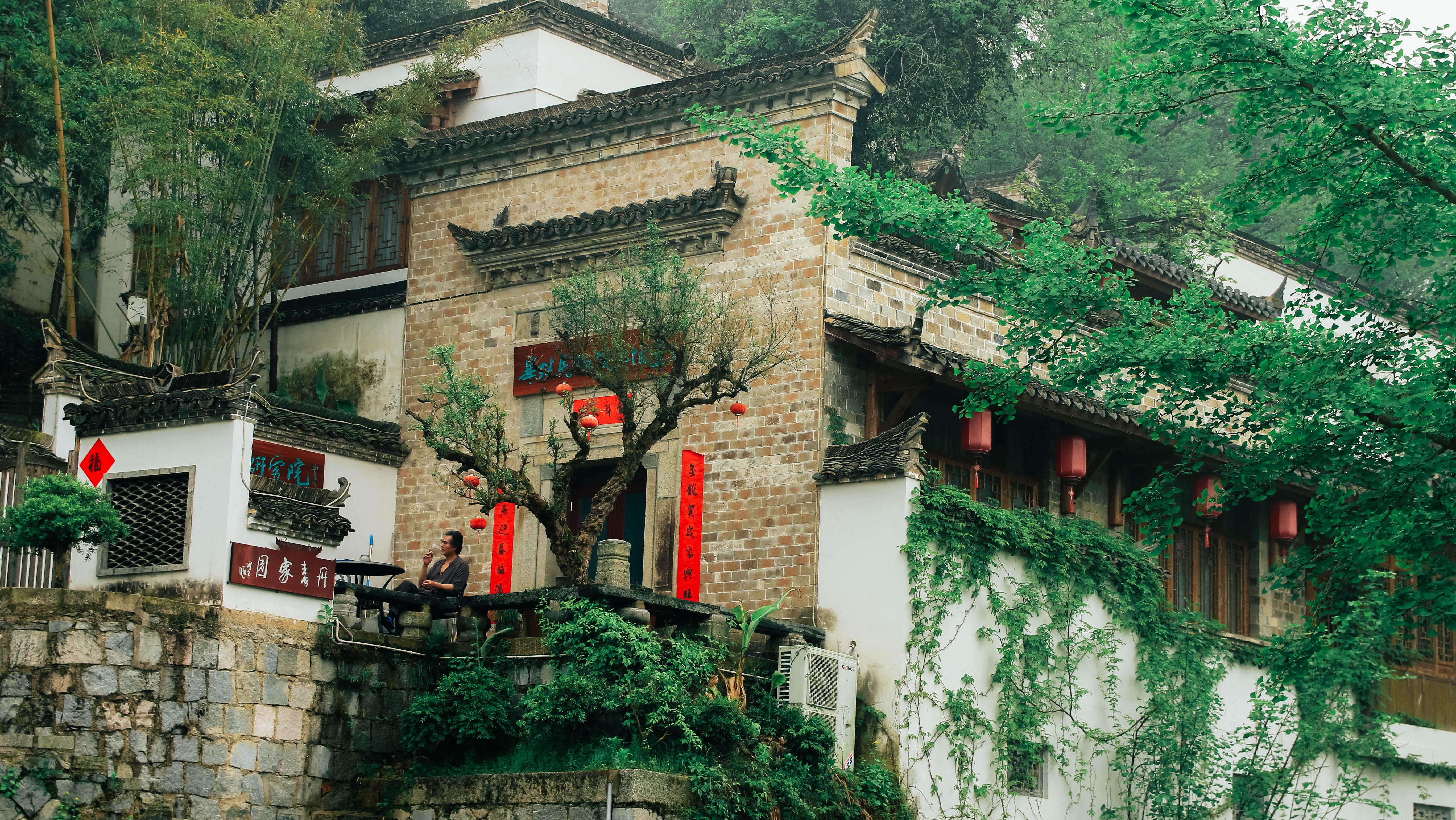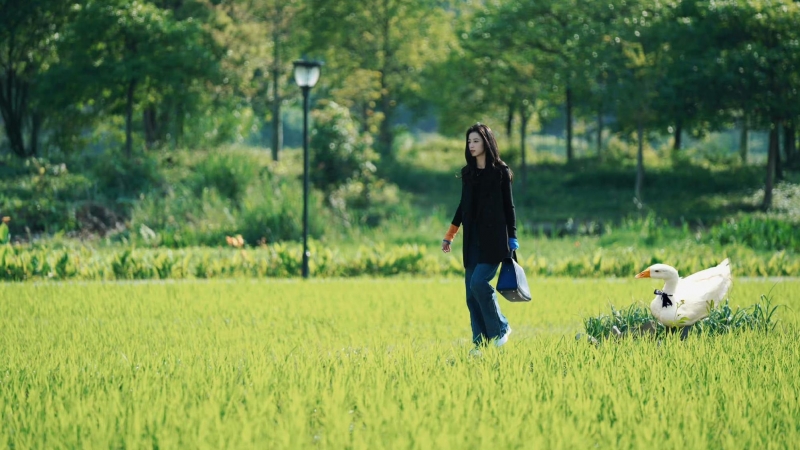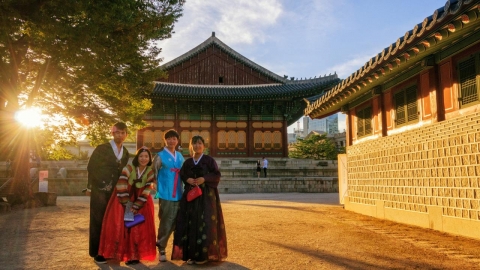After the rain, Tra Te seemed to be washed clean, but everywhere was covered by a layer of mist, covering the old horse-head walls worn by time, covering the stone path that rustled with each step, covering the treetops that had not yet shaken off all the water... making the traveler wonder if he was still in a dream.
This not-so-famous Anhui ancient town left such an impression on me!
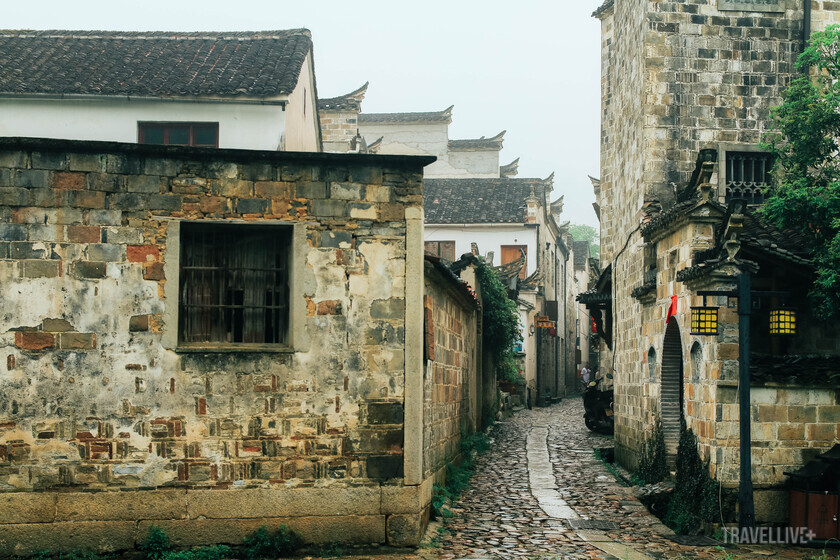
I often hear "Jiangnan is covered in misty rain...", but it wasn't until I set foot in Tra Te ancient town that I experienced it for the first time.
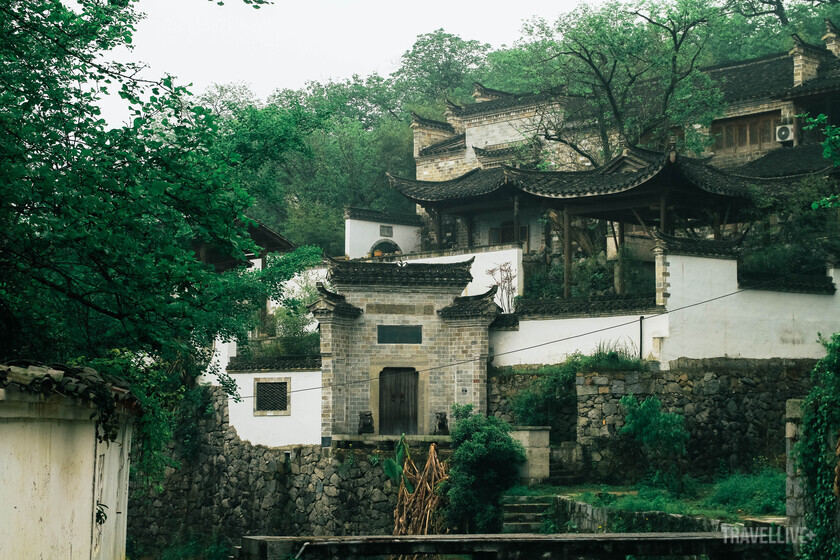
Tra Te is a small town located in Kinh district, Tuyen Thanh, Anhui province, China.
The largest remaining Ming-Qing ancient town
As a small town located in Jing County, Xuancheng, Anhui Province, Tra Te is not as widely known as its two “fellow towns” Hoanh Village and Tay De, even among the Chinese. It was not until this spring, when a video promoting Xuancheng tourism through the influence of Liu Yu - a young artist from Jing County - became popular on Chinese social networks, that I accidentally learned about this place. I suddenly became curious: What would an ancient town in Jiangnan look like before being commercialized?
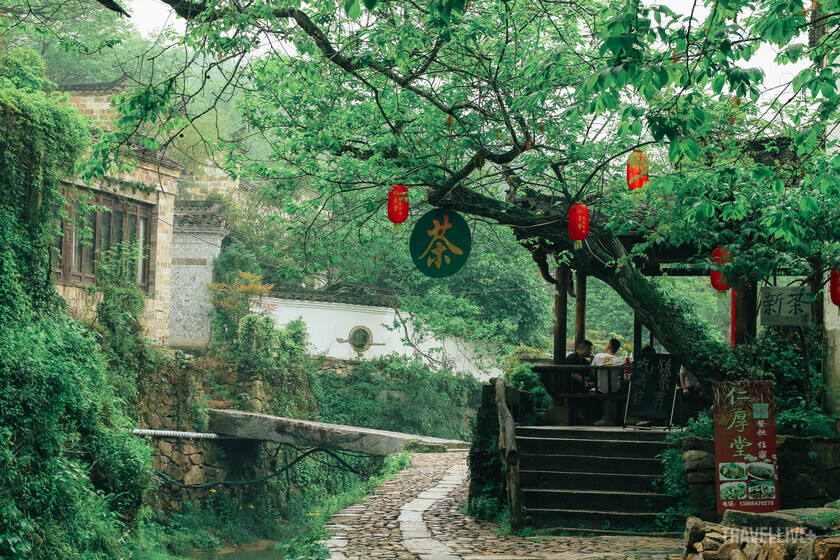
Tra Te is not as widely known as its two "fellow villagers" Hoanh and Tay De, even among the Chinese themselves.
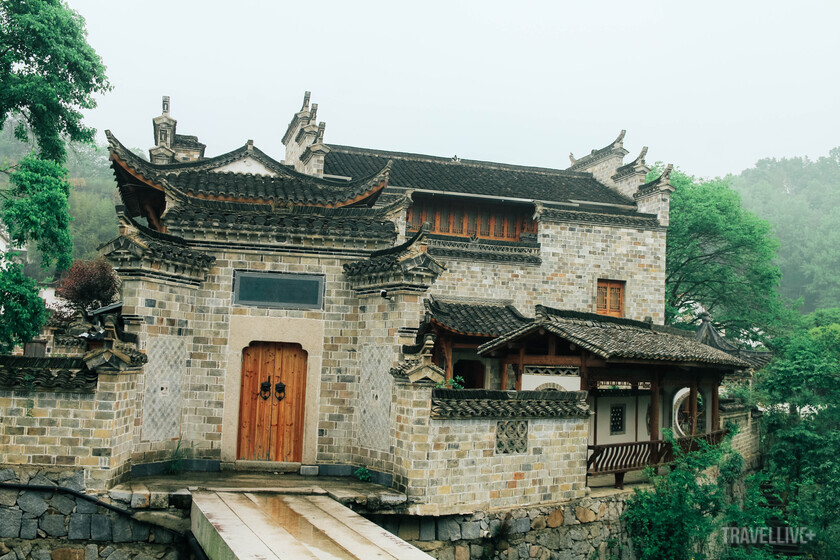

Built during the Sui Dynasty, peaking in the mid-Ming Dynasty and declining in the late Qing Dynasty, this ancient town still exists today, carrying with it more than 1,400 years of history of 7 feudal dynasties. Up to now, Tra Te is confirmed to be the largest ancient town of the Ming - Qing Dynasty still existing in China. Because in its golden age, this place developed brilliantly like never before. The decline of the times and the fading of time have caused many things to be destroyed, but fortunately, to this day, there are still more than 140 ancient architectural works remaining, including ancestral halls, bridges, pagodas, village gates, stupas, ancient wells...
Some experts and scholars have come here to inspect and had to exclaim that Tra Te is like an ancient architectural museum, and that in all of China, there are few places that can preserve it on such a large and diverse scale. Because ancient architectural works were mainly made of wood, over time they are susceptible to termites, rot, and fire...
Furthermore, along with the modernization process, old houses will gradually be replaced to suit the times. However, before the government paid attention and put them on the list of conservation, Tra Te people were aware of preserving the marks of hundreds of years on such a village scale, which is truly precious.

Tra Te is like a museum of ancient architecture.
Possessing such incredible historical and architectural value, it is unclear why Tra Te has not been properly appreciated. However, the lack of commercialization is perhaps the advantage of this small town. Every house, every street corner bears the traces of daily life.
In my opinion, if the ancient towns of Jiangsu and Zhejiang are likened to elegant, graceful young ladies, and Lijiang's Dayan is likened to a free-spirited, energetic mountain girl, then Tra Te is likened to a naive village girl who does not yet know how to be graceful. But perhaps it is this rusticity, not yet commercialized, that has attracted me as well as a number of domestic and foreign tourists to come here to enjoy the rare tranquility.
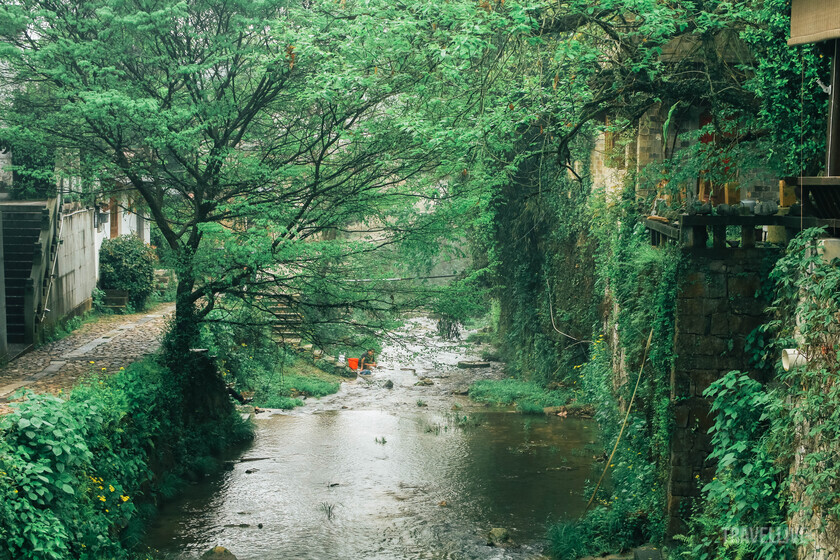
The Tranquility of Tra Te
Little bridge, flowing water, people...
Speaking of Tra Te, an ancient poem once described: “Ten miles of Tra village, nine miles of smoke, three streams converge with thousands of households. Under the shade of temples and pagodas, small bridges flow with a sky of apricot flowers…” This ancient town in the mountainous region of Anhui also has the typical features of the ancient town of Jiangnan with “Little bridge, flowing water, people” which is famous in Chinese poetry. Until now, Tra Te still retains the appearance drawn on the ancient town map in 1484 under the Ming Dynasty. It seems that the ups and downs of the times have never touched this place, leaving us a living witness, reminding us of the glory of a bygone era.
The sightseeing area of Tra Te is not too big, it only takes a few hours to walk around, but to feel the charm of this land, you need more time than that. At least, you should stay here for a night to experience the feeling of being awakened by the sound of the pestle washing clothes at dawn. The sound of the pestle pounding regularly mixed with the sound of flowing water, occasionally there is the sound of chattering, sometimes loud, sometimes soft, suddenly becoming prominent in the quiet space, as if waking up the new day.

Every house, every street corner has traces of daily life.
The vitality of Tra Te is closely linked to Hua Khe stream. Hua Khe flows from West to East, the section passing through the main tourist area of the town has a gentle slope, the water flows babbling, clear to see the bottom. The higher the stream goes, the steeper it becomes, the sound turns to roar, at times it splashes white foam, the mist also becomes thicker, making visitors feel like they are entering a dream.
Occasionally, going upstream, I would see young people carrying easels and palettes. They were students from fine arts departments across the country who came here to practice sketching. Many freelance artists also came here to find inspiration, even buying houses to facilitate long-term creation. Tra Te is also known as “China’s first sketch village” for this reason. Currently, the town’s economy is mainly maintained by this source of visitors, not tourists like many other famous ancient towns.
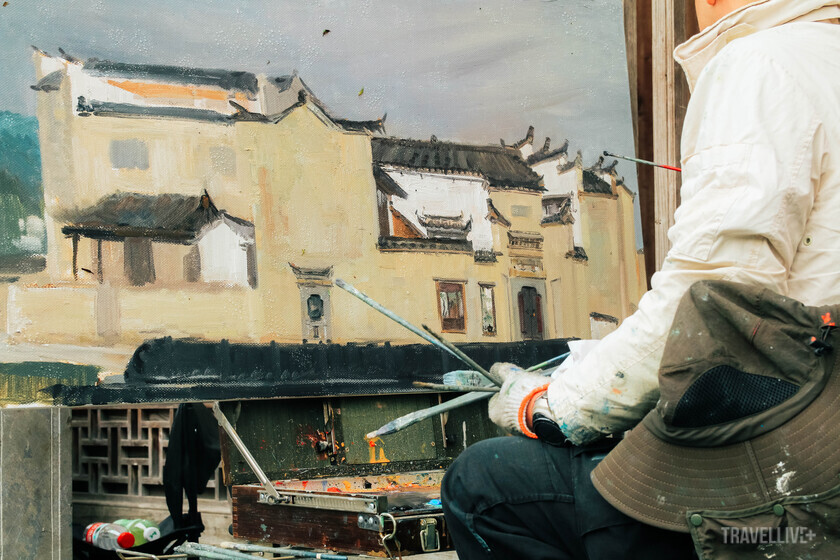
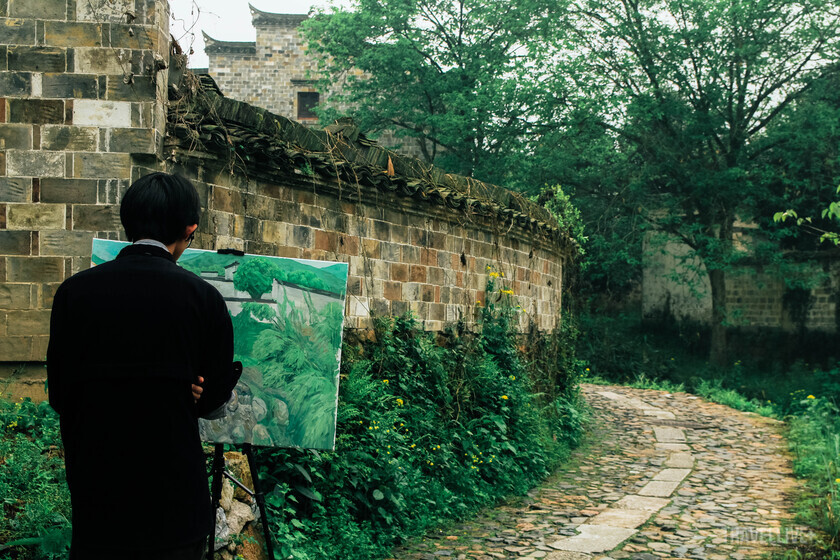
Students from art faculties across the country come here to practice sketching.
On the unfinished works, one can recognize the image of white walls and black tiles typical of Huy Chau architecture. The high horse-head walls, originally built to prevent theft or fire from spreading, have now become a unique identification point.
Along both banks of Xu Xi, the houses are close together, with layers of horse-head walls overlapping each other, with majestic green mountains as the background behind them, and babbling streams below them as support. In the distance, white clouds float, and before their eyes, smoke from the kitchen stoves lingers, just like that, many generations have passed. This is also a unique feature in the technique of borrowing scenery often seen in classical Chinese garden art, used by Huy Chau architecture to create "harmony between nature and people", making Tra Te attractive.


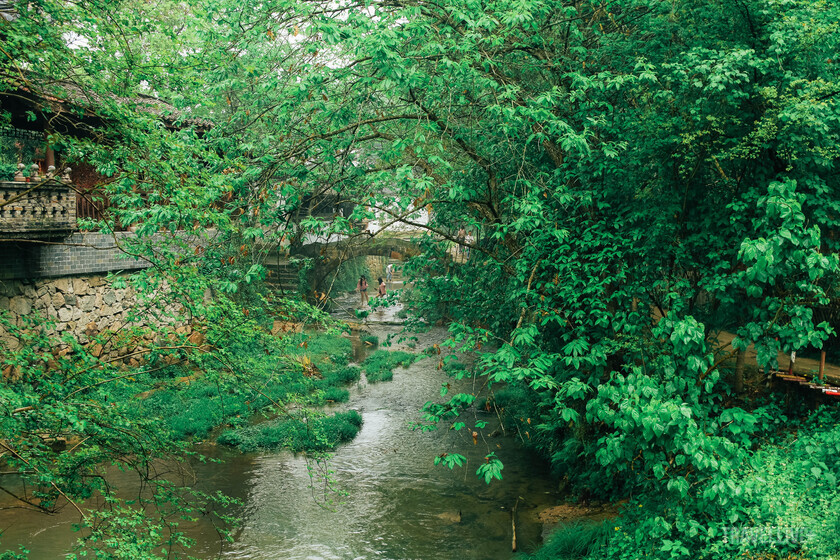
But perhaps it is this rawness, uncommercialized nature that has attracted me as well as a number of domestic and foreign tourists to come here to enjoy the rare tranquility.
Walking on the rough stone pavement underfoot, touching the mottled brick walls, looking at the weathered bridges, experiencing the things that Li Bai might have experienced when he came here, I suddenly felt the meaning of the two words “times”. This is something that when I come to the bustling ancient towns, being swept up in the bustling rhythm of that place, I cannot slow down to feel.
The day we said goodbye, Tra Te also sent me off with a drizzle. With each step we took, the ancient town retreated deeper into the misty rain, as if it had been hidden in the mist of time for so long, not yet open to many people…
Tra Te ancient town travel guide:
- Move:From Hanoi, the nearest way to Tra Te is to fly to Hefei, then take the expressway from Hefei to Kinh district, which takes about 1 hour to travel. From Kinh district expressway station, walk to the nearby bus station, which takes about 1 hour and 30 minutes to travel to Tra Te. If you are traveling in a large group, you can call a taxi, which only takes about 1 hour to travel.
- Tickets, tour time:60 yuan/person, purchased at the ticket gate near the bus stop. Tra Te is quite small, you can spend a day to visit the whole old town, but we still recommend staying overnight to experience the slow pace of life here as well as the beauty of the old town from early morning until lights up.
- Hotel:Although not too famous, surprisingly, many motels and hotels in Tra Te accept foreigners, but you should still confirm with them in advance to avoid trouble when checking in. You should choose a hotel located in the ancient town to save travel time, because the cost is not too different.
Combine schedules:
In the same district, there are some attractive tourist attractions that can be combined such as Peach Blossom Pond, Xuanzhong Paper Culture Museum, Moon Bay, Ma Tou Ancient Town, Ma Touxiang Ecological Park... However, the tourist attractions are quite far from each other, suitable for renting a car because the means of transportation are not very convenient.





